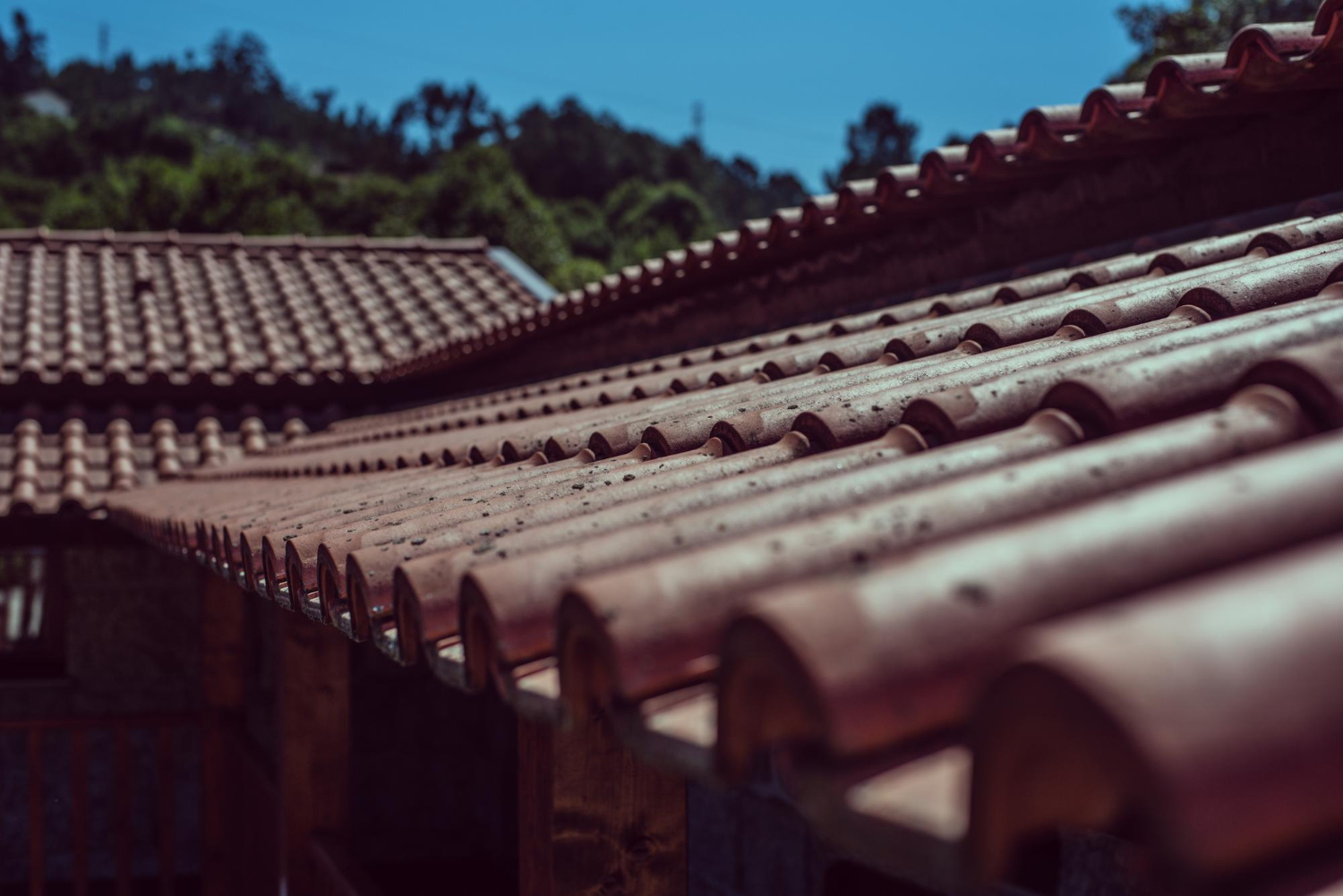Pressure Washing Roof Shingles: The Truth Behind Why It Is Not Recommended
Roof shingle pressure washing – a tempting proposition, right? After all, what could be easier than blasting away all the dirt and debris that accumulates on your roof over time? Unfortunately, the truth is that pressure washing can do more harm than good to your shingles, leading to serious damage that may not be immediately visible. In fact, many roofing manufacturers specifically recommend against pressure washing as a maintenance technique, and for good reason. In this blog, we’ll delve into the reasons why pressure washing can be so harmful, exploring the science behind how shingles work and why a gentler approach may be the best way to keep them looking and performing their best. So buckle up and get ready to learn everything you need to know about why pressure washing roof shingles is not recommended, and what you should do instead.
Overview of Roof Shingle Pressure Washing and why it is not recommended
Roof shingle pressure washing is a popular method to restore the aesthetic appeal of roof shingles. The process involves the use of a high-pressure washer to remove grime, algae, moss, and lichen from the roof surface. Although it may seem like a quick fix, experts agree that this method can cause irreparable damage to roof shingles.
The force of the water can dislodge shingles, causing leaks and water damage to the interior of the home. Furthermore, the pressure washer can damage the protective layer of the shingles, leaving them vulnerable to deterioration.
Furthermore, the pressure washing of roof shingles can void the manufacturer’s warranty. When shingles are exposed to high-pressure water, the granules that protect the shingle are blasted off, exposing the shingle’s mat to harsh weather conditions. This can lead to premature aging and deterioration of the shingles. This damage can be costly to repair, and it may also impact the resale value of the home down the line.
Lastly, roof shingle pressure washing is not recommended because there are alternative methods available. For instance, using a gentle cleaner to remove algae and moss is a less invasive approach that does not damage the roof shingles. Additionally, a soft-bristled brush can be used to remove surface grime manually. These options are equally effective at restoring the beauty of the roof and do not pose a risk of causing permanent damage. Homeowners should weigh the risks and benefits of pressure washing before deciding on a specific method of cleaning their roofs.

Types of Roofs That Are Not Safe to Pressure Wash
Roofs are one of the most important components of any building, as they protect the interior and everything within it from external elements such as rain, hail, wind, and snow. That being said, proper maintenance of roofs is crucial to their longevity and effectiveness in providing protection. Pressure washing is a popular method for cleaning roofs, but not all types of roofs are safe to pressure wash.
The first type of roof that is not safe to pressure wash is a shingle roof. Pressure washing can dislodge the protective granules on the shingles, causing them to wear out prematurely. Furthermore, high-pressure water can penetrate the water-resistant layer between the shingles, leading to leaks and water damage. Additionally, pressure washing can negatively impact the tar seal that holds the shingles together, resulting in expensive repairs.
Another type of roof that should not be pressure washed is a metal roof. Metal roofs are prone to rust, and pressure washing can remove the protective coating that prevents rust from forming. Moreover, high-pressure water can damage the seams and joints of metal roofs, leading to leaks and other forms of water damage. Therefore, it is best to use non-abrasive cleaning agents or a soft-bristled brush to clean metal roofs.
Lastly, slate roofs should not be pressure washed. Slate is a natural stone and is more prone to breaking or cracking under high pressure. Pressure washing can also damage the sealant that covers the slate, leading to leaks. Additionally, the force of the water can also dislodge the slate tiles, causing costly repairs. It is best to use a non-abrasive cleaner and a soft-bristled brush to clean slate roofs to ensure the integrity of the roofing material is upheld.
Alternatives to Pressure Washing Your Roof
There are many alternative methods to pressure washing your roof shingles. One option is the use of a gentle cleaner specifically designed for removing algae and moss from roofs. These cleaners typically do not require high-pressure water and can be easily applied with a sprayer or brush.
Another alternative is using a soft-bristled brush to manually remove surface grime from the shingles. This method is less invasive and does not pose a risk of damaging the protective layer or dislodging shingles.
Additionally, regular maintenance and prevention can help reduce the need for pressure washing. Keeping trees trimmed to prevent debris buildup on the roof, removing leaves and twigs regularly, and addressing any small issues promptly can all contribute to maintaining the appearance of your roof without resorting to high-pressure washing.
You can also opt for the Soft Washing Method, which uses low-pressure water combined with specialized cleaning solutions to gently clean and sanitize your roof shingles. This method is more environmentally friendly and does not pose a risk of damage.
Pressure washing may seem like a quick fix for dirty roof shingles, but it can have long-term consequences. The pressure washer can damage the protective layer and lead to premature aging of the shingles, as well as potential leaks and damage to other roof components.
Reasons Why Pressure Washing Your Roof Shingles Is Not Recommended
While pressure washing can be an effective method for cleaning certain surfaces, it is not recommended for roof shingles. Here are some reasons why:
- Damage to the protective layer: As mentioned earlier, pressure washing can strip away the protective granules on shingles and damage the water-resistant layer between them. This leaves the roof vulnerable to external elements and may result in costly repairs.
- Risk of leaks and water damage: The force of high-pressure water can dislodge shingles or create openings for water to seep into your home, potentially causing interior damage.
- Harm to other roof components: Pressure washing can also cause damage to flashing, vents, and gutters, which are essential for proper drainage and ventilation. This can lead to further complications and costly repairs.
- Potential for injury: Pressure washing can be dangerous if not done correctly, especially when working on a sloped roof. Slippery surfaces, high-pressure water, and the use of ladders can all increase the risk of injury for both homeowners and professionals.
It is best to explore alternative methods, such as gentle cleaners, soft-bristled brushes, regular maintenance, and Soft Washing, to preserve the longevity and integrity of your roof. Remember, safety should always be a top priority when it comes to any type of cleaning on your roof.

Tips for Hiring Professional Roof Cleaners
If you do decide to hire professionals to clean your roof, here are some tips to ensure a safe and effective cleaning process:
- Do your research: Before hiring any company, be sure to do your research and read reviews from previous customers. Ask for references and check if the company is insured.
- Ask about their methods: Inquire about the methods they use for roof cleaning and ensure they do not involve high-pressure water. Discuss your concerns and any specific instructions for protecting your roof’s integrity.
- Ask about their safety measures: Make sure the company has proper safety measures in place, including the use of harnesses and ladders on a sloped roof. Safety should be a top priority for both you and the professionals working on your roof.
- Get a written estimate: Always ask for a written estimate and discuss any additional fees beforehand to avoid surprises later on.
By following these tips and being aware of the potential damage caused by pressure washing, you can ensure that your roof is properly cleaned without compromising its integrity.
Pressure washing may seem like a quick fix for dirty roof shingles, but it can lead to long-term consequences and costly repairs. Instead, explore alternative methods such as gentle cleaners, soft-bristled brushes, regular maintenance, and Soft Washing to preserve the longevity and appearance of your roof. Remember to prioritize safety when cleaning your roof and always do thorough research before hiring professionals. By taking these precautions, you can maintain a clean and well-maintained roof for years to come. So, it is important to be informed and make wise decisions when it comes to maintaining the appearance of your roof. With proper care and attention, your roof can continue to protect your home for many years without the need for high-pressure washing.
Paneless Window Cleaning LLC
https://www.google.com/maps?cid=2248434181548593264
60 Washburn St, Riverside, IA 52327
(319) 333-6401
getaclearview.com










